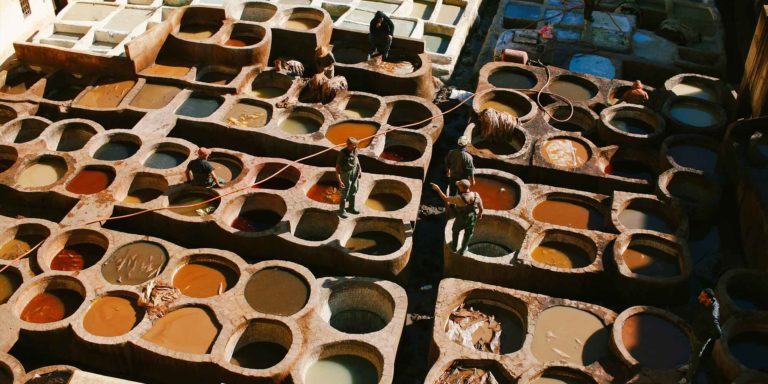Sourcing Premium Indigo Dye for High-Quality Textiles and Crafting Projects
The Quest for High-Quality Indigo Dye Sources
Indigo dye, renowned for its deep blue hue and historical significance, has captivated artisans and industries alike for centuries. Its unique color and cultural importance have created a steady demand for high-quality indigo dye, and the search for sustainable and organic sources has become increasingly relevant. This article delves into various sources of high-quality indigo dye, highlighting traditional methods, modern innovations, and the importance of sustainability.
Historically, indigo dye was predominantly derived from plants such as *Indigofera tinctoria*, *Polygonum tinctorium*, and *Isatis tinctoria*. These plants are cultivated in various regions around the world, especially in tropical and subtropical climates. The extraction of indigo from these plants involves a fermentation process, where the leaves are harvested and submerged in water to promote the release of indican, a precursor to indigo. Over time, the indican converts into indigo through microbial activity.
The Quest for High-Quality Indigo Dye Sources
In recent years, there has been a resurgence of interest in traditional indigo dyeing techniques, particularly in countries like Japan, India, and Nigeria. Communities in these regions uphold age-old practices that are not only sustainable but also culturally enriching. In Japan, for example, the art of aizome (indigo dyeing) has been meticulously passed down through generations, emphasizing the intricate relationship between nature and craftsmanship. Similarly, Indian artisans in regions like Gujarat have honed the craft of natural indigo dyeing, often using it as a means of livelihood while preserving their cultural heritage.
high quality indigo dye source

Modern innovations also play a crucial role in sourcing high-quality indigo dye. Advances in biotechnology have provided researchers with new avenues to produce synthetic indigo, offering potential solutions to the challenges associated with natural indigo cultivation. For instance, scientists are exploring fermentation techniques that utilize microorganisms to produce indigo from glucose, mimicking the natural processes found in indigo plants. This biotechnological approach minimizes the environmental impact associated with traditional farming and offers a steady supply of high-quality dye.
Moreover, the fashion and textile industries are becoming more conscious of their environmental footprint. As brands increasingly prioritize sustainable practices, the demand for organic and ethically-sourced indigo is on the rise. Many designers are now collaborating with local artisans to create collections that showcase traditional dyeing methods while promoting fair trade and sustainable production.
The significance of high-quality indigo dye extends beyond its aesthetic appeal; it also symbolizes a broader movement towards sustainability and environmental responsibility. Ultimately, the quest for high-quality indigo dye sources is not merely about the dye itself, but about fostering communities, preserving traditions, and protecting the environment.
In conclusion, the pursuit of high-quality indigo dye encompasses a rich tapestry of history, culture, and innovation. As demand for sustainable and organic sources continues to grow, both traditional and modern methods have emerged as viable options. By prioritizing these practices, we not only celebrate the beauty of indigo but also promote a more responsible approach to dye production—one that respects both people and the planet. In a world increasingly focused on sustainability, the legacy of indigo dyeing serves as a beacon of hope, reminding us that the pursuit of beauty can go hand in hand with environmental stewardship.
-
The Timeless Art of Denim Indigo Dye
NewsJul.01,2025
-
The Rise of Sulfur Dyed Denim
NewsJul.01,2025
-
The Rich Revival of the Best Indigo Dye
NewsJul.01,2025
-
The Enduring Strength of Sulphur Black
NewsJul.01,2025
-
The Ancient Art of Chinese Indigo Dye
NewsJul.01,2025
-
Industry Power of Indigo
NewsJul.01,2025
-
Black Sulfur is Leading the Next Wave
NewsJul.01,2025

Sulphur Black
1.Name: sulphur black; Sulfur Black; Sulphur Black 1;
2.Structure formula:
3.Molecule formula: C6H4N2O5
4.CAS No.: 1326-82-5
5.HS code: 32041911
6.Product specification:Appearance:black phosphorus flakes; black liquid

Bromo Indigo; Vat Bromo-Indigo; C.I.Vat Blue 5
1.Name: Bromo indigo; Vat bromo-indigo; C.I.Vat blue 5;
2.Structure formula:
3.Molecule formula: C16H6Br4N2O2
4.CAS No.: 2475-31-2
5.HS code: 3204151000 6.Major usage and instruction: Be mainly used to dye cotton fabrics.

Indigo Blue Vat Blue
1.Name: indigo blue,vat blue 1,
2.Structure formula:
3.Molecule formula: C16H10N2O2
4.. CAS No.: 482-89-3
5.Molecule weight: 262.62
6.HS code: 3204151000
7.Major usage and instruction: Be mainly used to dye cotton fabrics.

